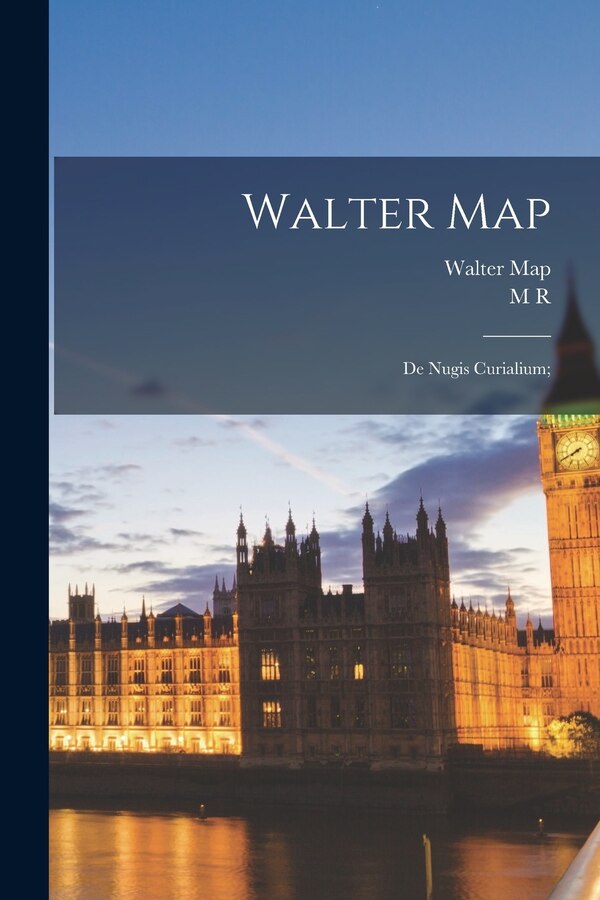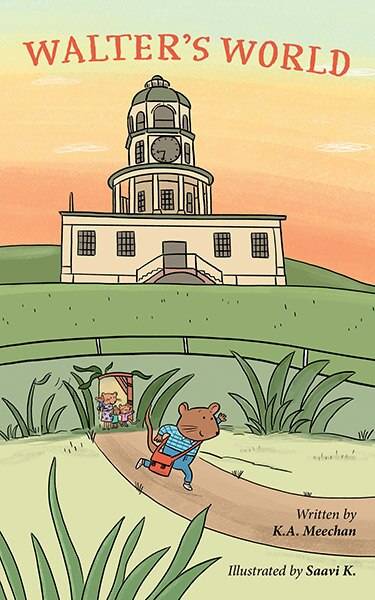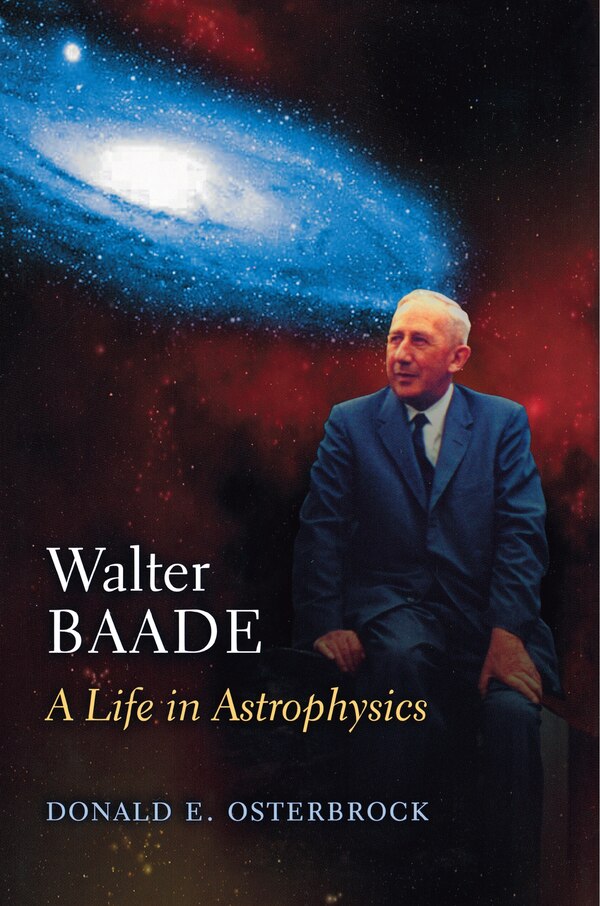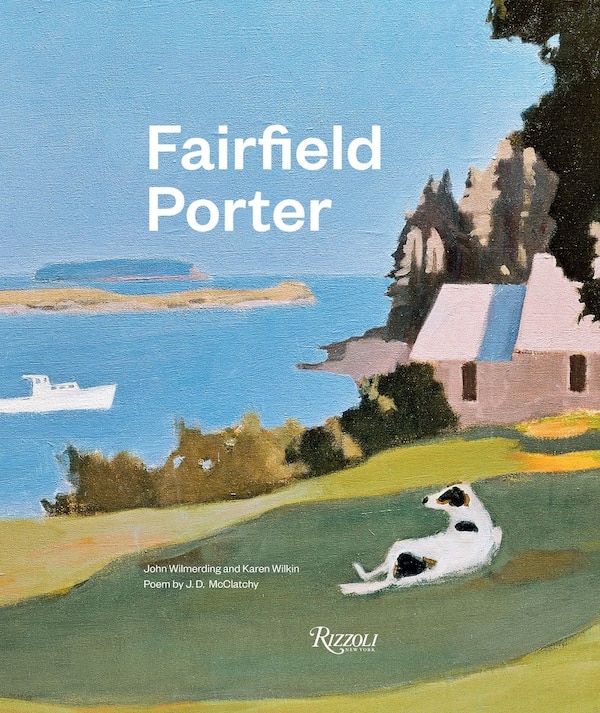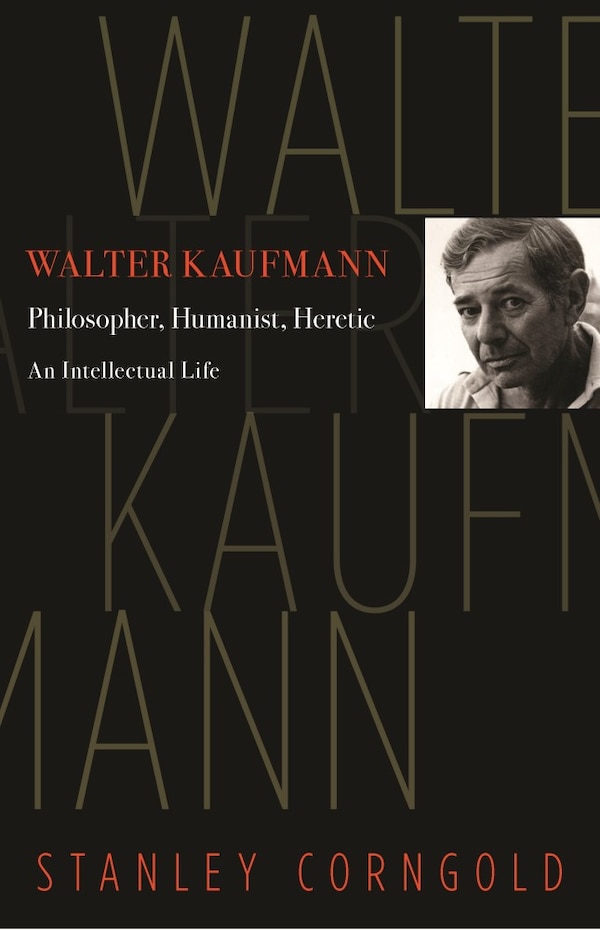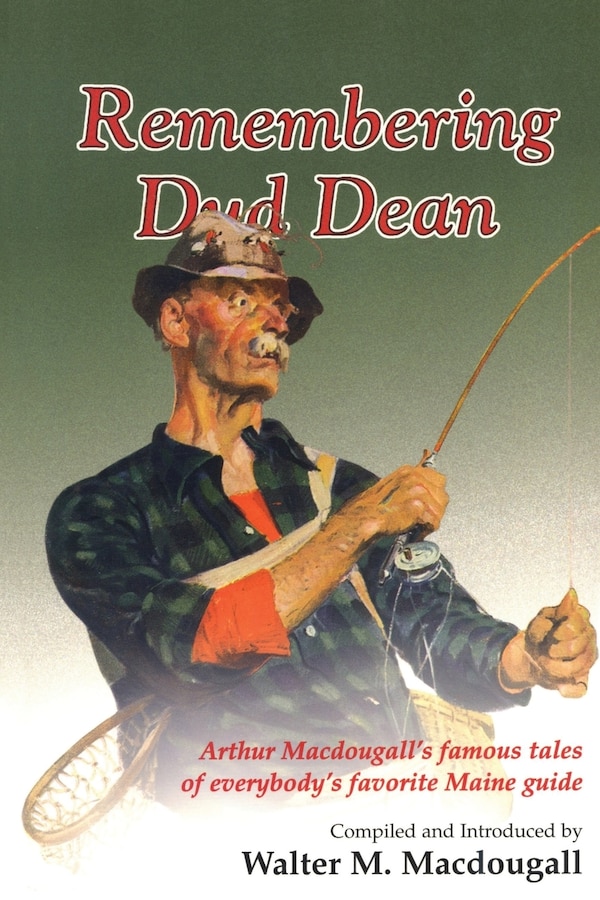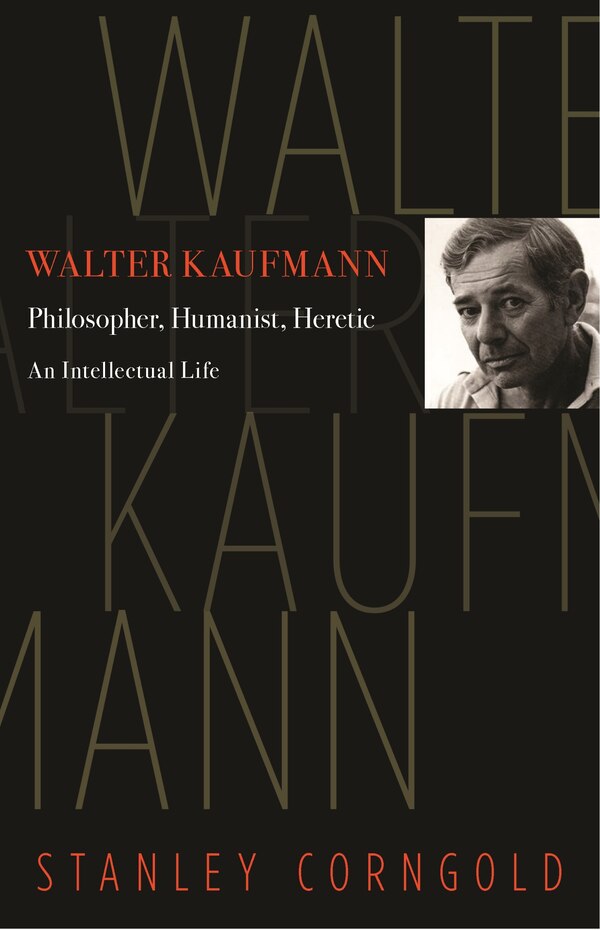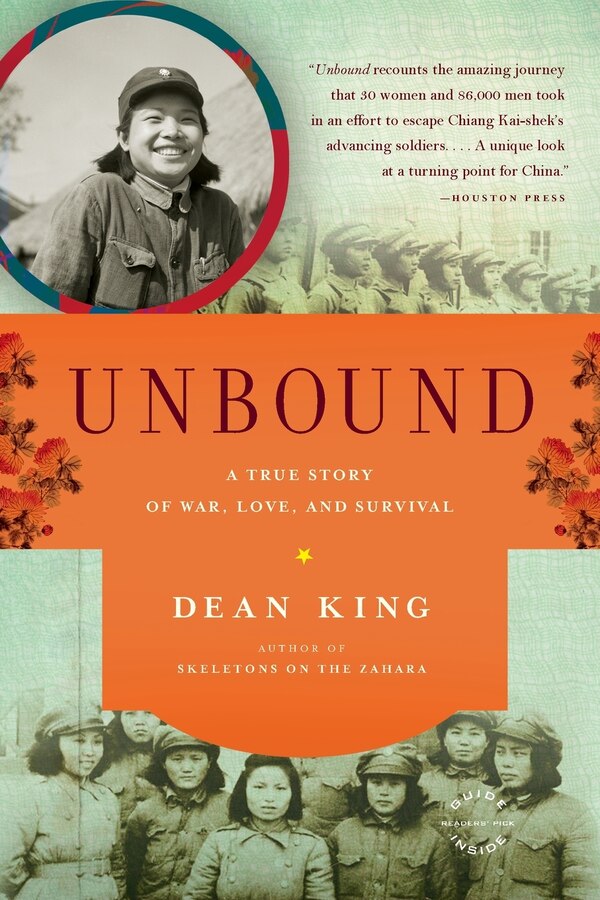
Choice Made Simple!
Too many options?Click below to purchase an online gift card that can be used at participating retailers in Village Green Shopping Centre and continue your shopping IN CENTRE!Purchase Here
Compare Walter Ufer by Dean A. Porter, Paperback | Indigo Chapters
Dean A. Porter
$40.95
Walter Ufer's artistic legacy, like that of other Taos Society artists, went largely unappreciated for several decades following World War II. A few discerning patrons acquired Ufer's artwork for private holdings and prospective museums collections. However, art critics and scholars paid little heed to him or the Southwest genre of art until the 1980s, when a series of major scholarly publications regarding the Taos Society of Artists begin to stimulate interest. Walter Ufer: Rise, Fall, Resurrection examines the life and artistic career of one of America's most talented artists, relatively unknown outside a small circle of collectors and scholars. Born in Germany to parents who had immigrated to Louisville, Kentucky, Ufer became a founding member of the Taos Society of Artists. His career, spanning nearly forty years, was filled with success, failure, and adversity. Between 1916 and 1926, Ufer earned several prestigious awards including membership in the National Academy of Design in New York and recognition by the Art Institute of Chicago. During that time, his paintings were added to permanent collections of the Metropolitan Museum of Art, the Art Institute of Chicago, the Brooklyn Museum, and the Corcoran Gallery in Washington, D. C. During this period, the support of William Henry Klauer, a wealthy businessman, provided him with the critical financial support he needed to continue his career. Ufer was highly political and concerned with social injustice. His artistic expression and social concerns often came together on canvases depicting Pueblo Indians in the harsh realities of their everyday life. Unfortunately, his personal life was also troubled by chronic alcoholism and constant indebtedness during this period. | Walter Ufer by Dean A. Porter, Paperback | Indigo Chapters

